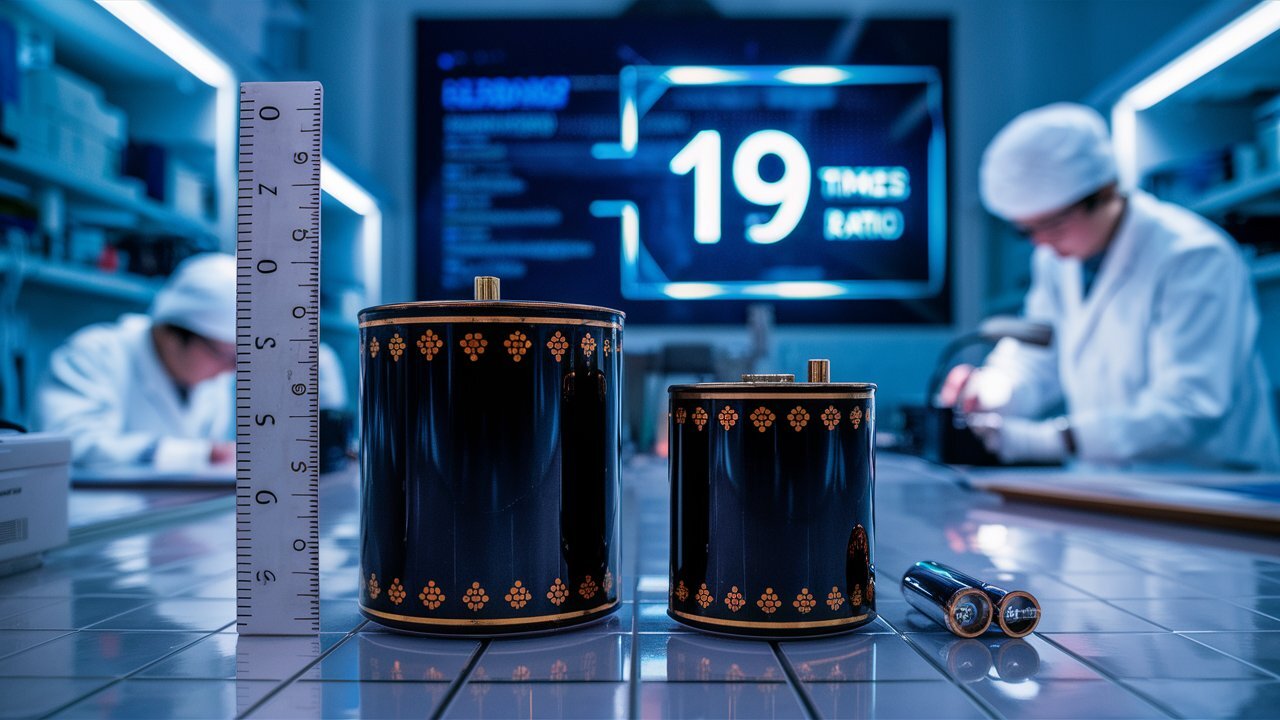Electrostatic capacitors are critical electronic components that provide fast charging and power to a variety of devices, from phones to medical equipment. However, traditional ferroelectric materials used in capacitors lose energy due to their properties. This study, led by Professor Sang-Hoon Bae, addresses this long-standing problem. To solve this problem, “2D/3D/2D heterostructures”, a thoughtful combination of ultra-thin two-dimensional and three-dimensional materials, are used.
Imagine an incredibly thin sandwich (about 1/10 the size of a virus) consisting of carefully crafted layers of 2D material surrounding the core 3D material. Special connections between these layers are key to innovation.
This design achieves the critical balance between conductivity and non-conductivity, creating an ideal “spot” for energy storage. The result: capacitors with 19 times higher energy density and over 90% efficiency; This is an undeniable success.
The material is not perfect yet; The team is trying to optimize it further.
Source: Ferra
I am a professional journalist and content creator with extensive experience writing for news websites. I currently work as an author at Gadget Onus, where I specialize in covering hot news topics. My written pieces have been published on some of the biggest media outlets around the world, including The Guardian and BBC News.










